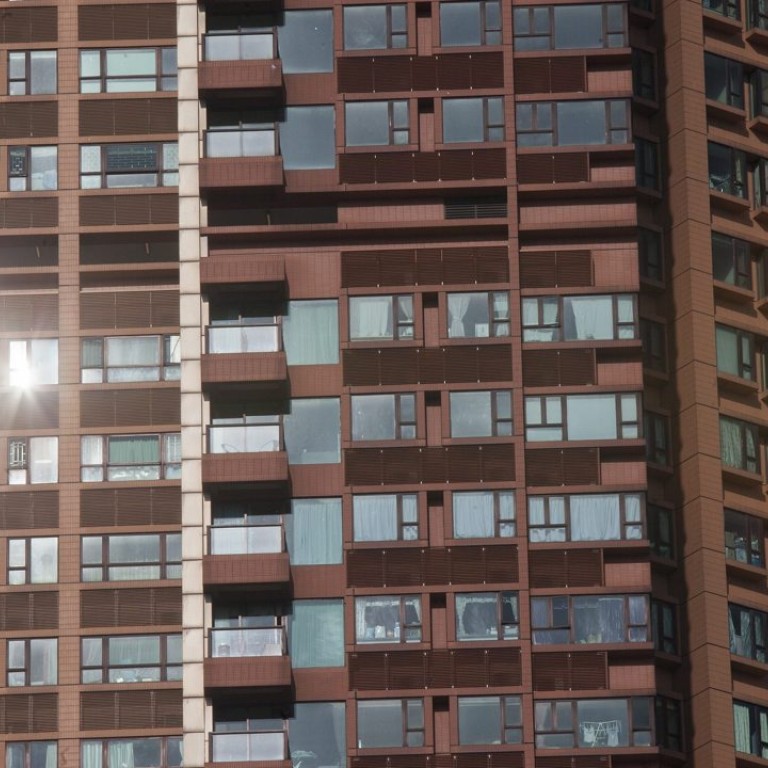
Rezoning of Hong Kong’s green belt for housing must be a last resort
Ian Brownlee says the Paris climate accord obliges Hong Kong to do more to protect its natural treasures, so using these sites for a quick fix to our housing shortage is short-sighted
One of the concepts from Paris is the protection and improvement of “carbon sinks”, particularly forests and seas, which applies to our forests, wetlands and surrounding seas. The summit states the importance of “reducing emissions from deforestation and forest degradation, and the role of conservation, sustainable management of forests and enhancement of forest carbon stocks”, and notes “the importance of ensuring the integrity of all ecosystems”.
Hong Kong is a small city, but by focusing on local impact and mitigation, it can ensure it does its bit. It could also be a model for other high-density cities
Protecting and enhancing forests and biodiversity reinforces the Convention on Biological Diversity, which also applies to Hong Kong.
Hong Kong is a small city, but by focusing on local impact and mitigation, it can ensure it does its bit. It could also be a model for other high-density cities.
Research in Hong Kong shows a progressive increase in temperature. While some of this is external, the major local impact is the heat-island effect from increased urbanisation. A change in surface from vegetation to concrete can significantly increase temperatures. Retaining vegetated areas, or increasing them, is a major way to combat climate change for us. The Paris accord requires the government to rethink its policy priorities. The rezoning of open space and community sites for housing within our dense urban areas will only exacerbate temperature rises.
READ MORE: Hong Kong government housing plans may intensify ‘heat island’ effect, warns academic

READ MORE: Hong Kong’s public rent hopes slashed as 10-year housing target is lowered
The report states: “Albeit vegetated, these [green belt] sites have relatively low conservation and buffering effect. As these sites are close to supporting infrastructural facilities ... they are considered suitable for urban expansion and have good potential to be rezoned for housing purposes.” There is no consideration of biodiversity or the heat-island effect.
There is no adequate justification for the planned massive rezoning of land. Figures show that only 106,000 households are inadequately housed. These should be given priority in public housing and rehoused as soon as possible.

READ MORE: Housing in Hong Kong’s city centre must be affordable for both rich and poor
The remaining issue is “affordable housing” and this has never been properly addressed in the housing strategy. Around 18,000 new flats should be produced for the private market every year to maintain a consistent supply. However, the financial restrictions imposed by the Monetary Authority, particularly the high down payments, are the main reasons why private housing is not affordable for young first-time buyers. Irrespective of the number of flats produced, the price is unlikely to become affordable for many because of the financial controls. If the issue of affordability was addressed, then the rezoning of sensitive areas would not be necessary.
The other component that needs to be addressed is the low flat production from the new development areas. Once a decision is made to develop an area in the New Territories, it should be used to the optimum density, rather than artificially reduced. If a development density similar to that of Sha Tin was adopted for the northeast New Territories, Kam Tin South, Hung Shui Kiu and Tung Chung, around 55,000 additional flats could be built.
The Paris accord places a significant requirement on Hong Kong to protect our seas, forests and green areas. The rezoning of green belts and country parks must be a last resort.
Ian Brownlee is a town planner and managing director of Masterplan Limited

